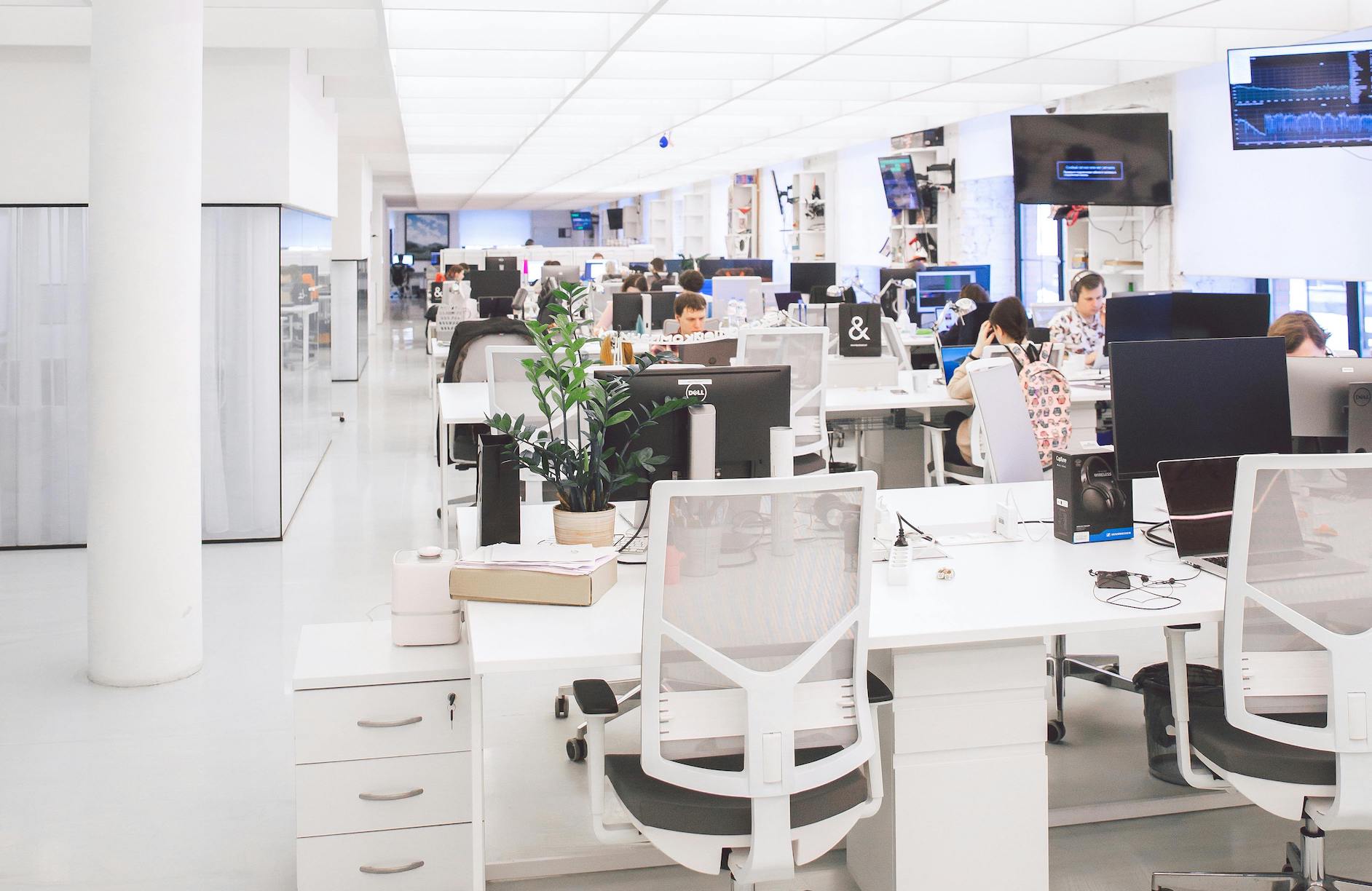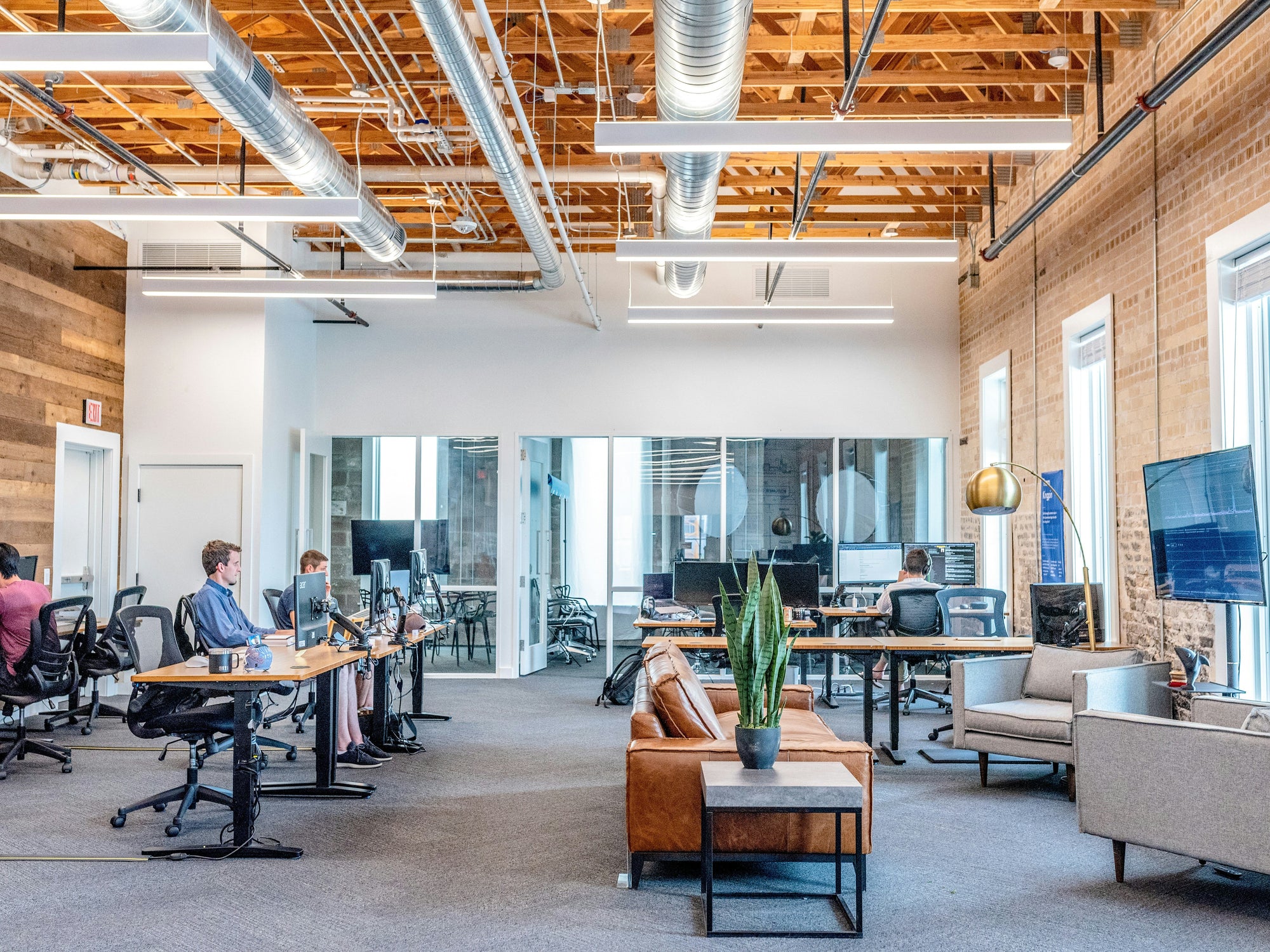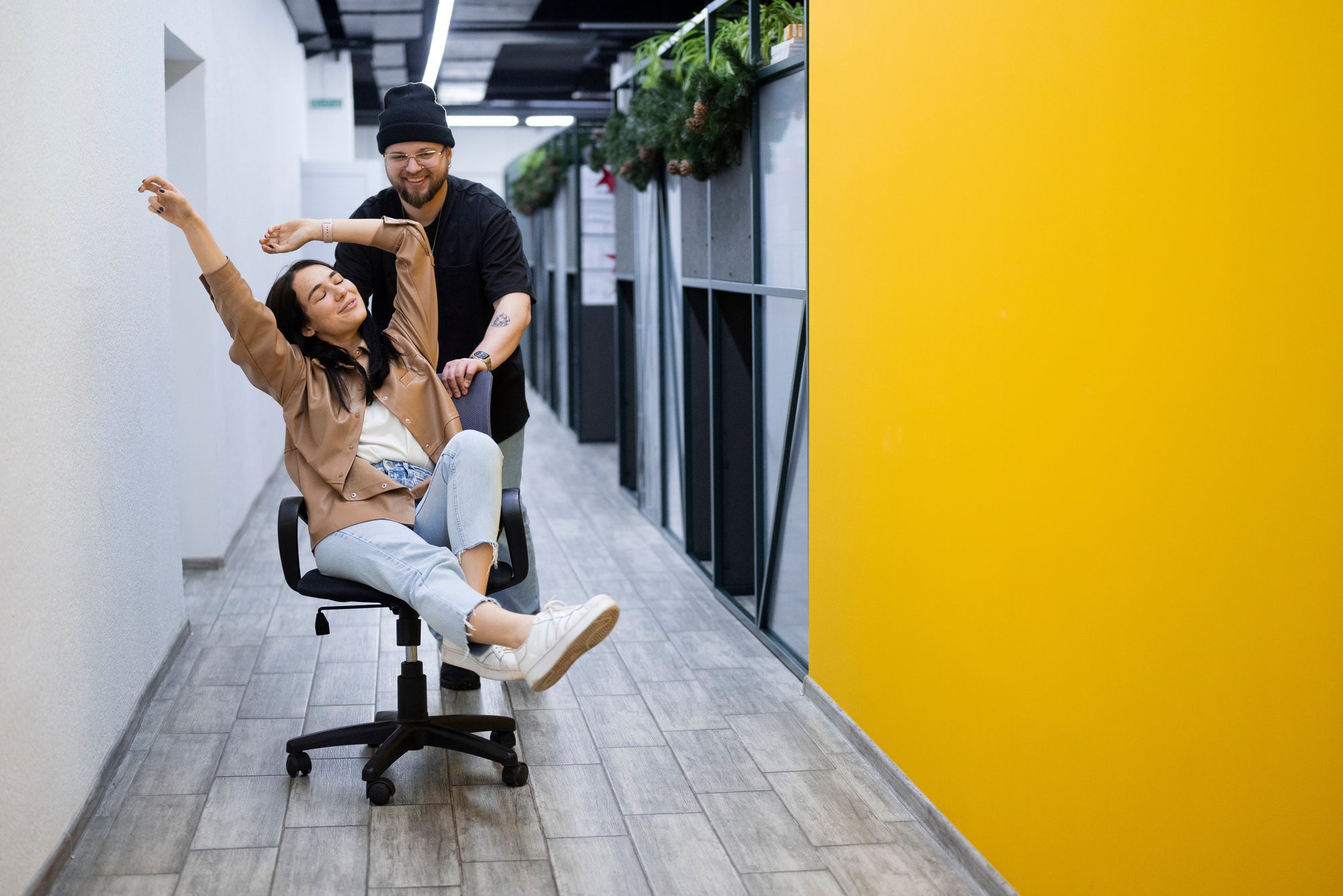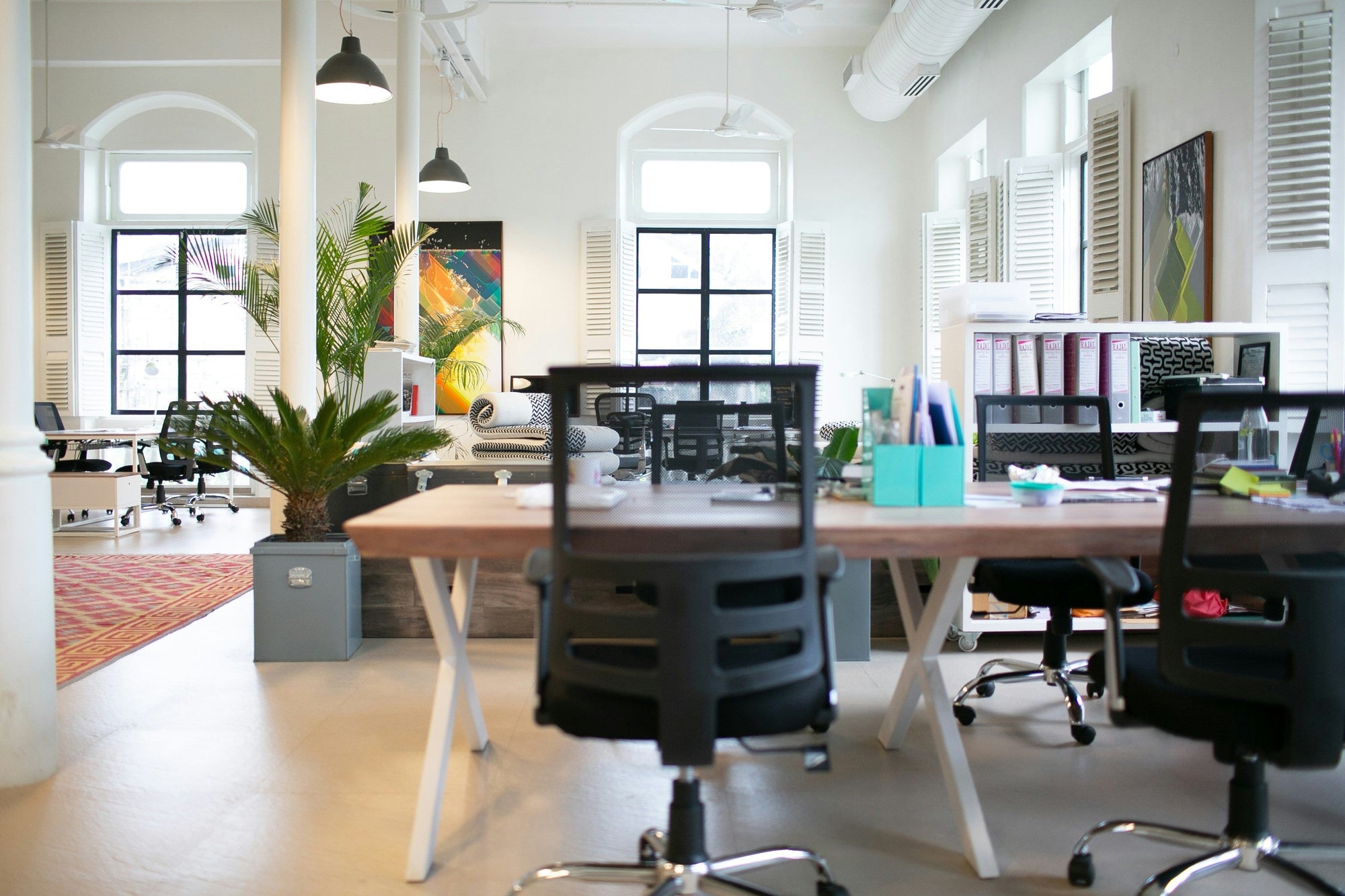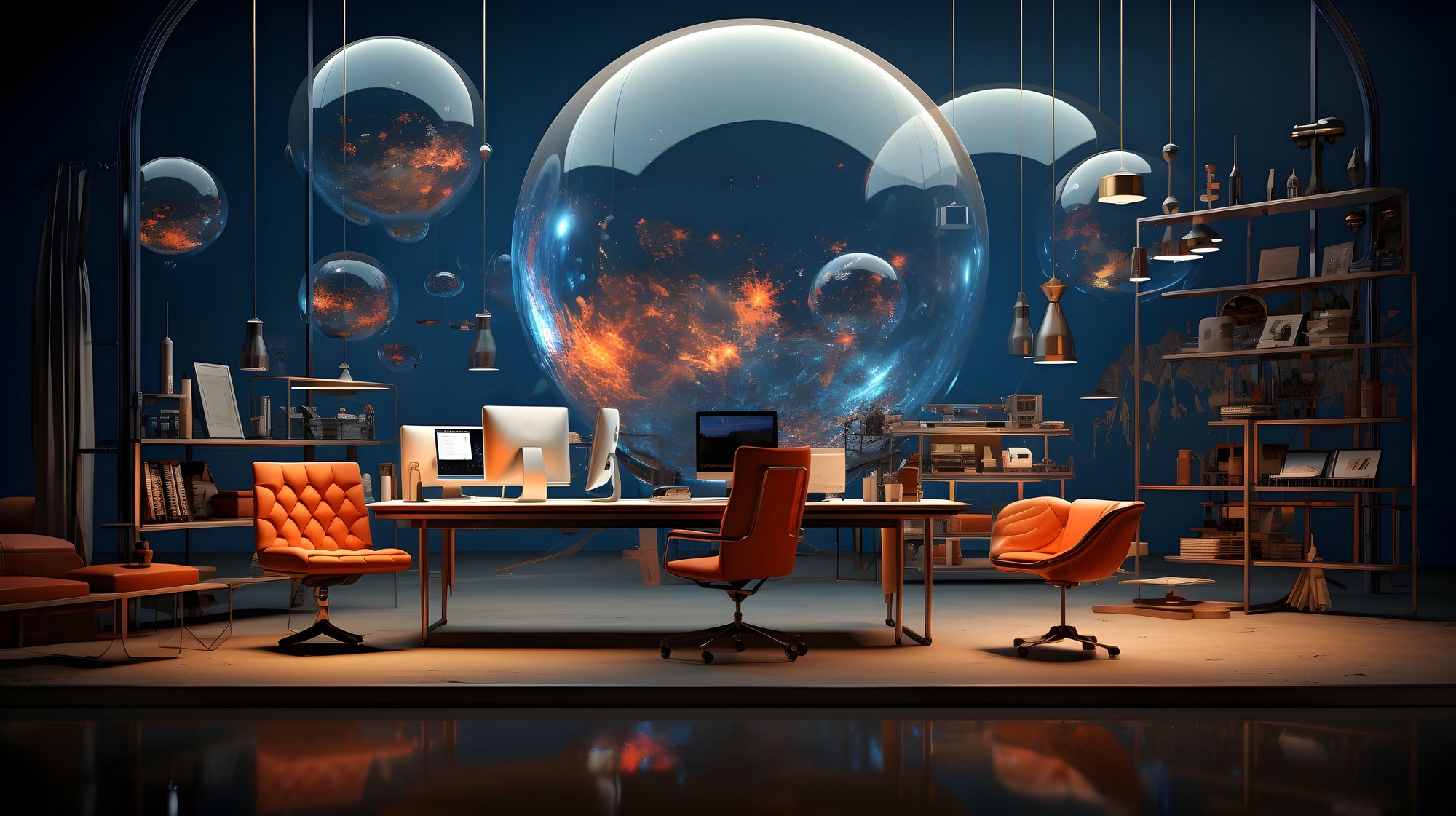When setting up a workspace, it’s essential to distinguish between different categories of office assets. Furniture and fixtures are two key components that contribute to the functionality, comfort, and aesthetics of an office. Understanding what qualifies as furniture and fixtures is not only vital for creating an efficient office layout but also crucial for accounting, tax purposes, and effective office management. In this comprehensive guide, we will break down the definition, importance, and role of furniture and fixtures in an office setting, and explain how businesses can benefit from managing these assets correctly.
Why Understanding Furniture and Fixtures Is Important
Before we dive into specifics, it’s essential to understand why differentiating between furniture and fixtures is so critical. These categories aren’t just helpful for designing and organizing your office space; they have significant implications for financial reporting, tax deductions, and office efficiency.
For example, businesses often have different depreciation schedules for furniture and fixtures, meaning that the way these assets are recorded for tax purposes differs. Incorrect classification can lead to accounting errors, potentially affecting your financial statements and the tax deductions you’re eligible for. Moreover, effectively managing your office furniture and fixtures helps ensure that your workspace is ergonomically sound and well-organized, contributing to better employee productivity and well-being.
What Is Furniture?
Furniture refers to movable items that support various human activities, such as seating, working, eating, and even resting. In an office context, furniture primarily serves to provide comfort, facilitate work tasks, and enhance the overall atmosphere of the workspace. Office furniture comes in many forms, depending on the type of work and the design of the office.
Here are the key examples of office furniture:
1. Desks
Desks are a primary component of office furniture. They provide a workspace for employees, giving them a designated area to complete tasks. Depending on the nature of the work, there are many different types of desks:
- Executive Desks: These large, stylish desks are typically found in private offices and are often made from premium materials such as wood. They project authority and professionalism. Explore our executive office furniture.
- Computer Desks: Designed to accommodate computers and other technology, these desks have specific compartments for CPUs, monitors, and cable management. Check out our ergonomic office desks.
- Standing Desks: With a growing emphasis on health and ergonomics, standing desks have become popular as they allow employees to alternate between sitting and standing positions throughout the day, reducing the health risks associated with prolonged sitting. Learn more about standing desks.
2. Chairs
Comfortable and ergonomic chairs are essential in any office. Chairs contribute directly to an employee’s posture, comfort, and overall productivity.
- Ergonomic Chairs: These chairs are designed to provide optimal support, ensuring that users maintain a healthy posture, which is vital for reducing the risk of musculoskeletal disorders. Browse ergonomic seating options.
- Task Chairs: These are standard office chairs designed for general office tasks. They are often adjustable and have basic ergonomic features. Browse task seating options.
- Executive Chairs: Larger and more comfortable, executive chairs are often used in managerial offices. They may feature additional padding, leather upholstery, and advanced adjustments. View our selection of executive seating.
3. Tables
Tables are necessary for a variety of office functions beyond individual workstations. They are typically used for collaboration, meetings, and communal activities.
- Conference Tables: These tables are often large and used in meeting rooms for team discussions and client presentations. Discover conference table solutions.
- Break Room Tables: In office kitchens and break areas, tables provide a place for employees to eat and socialize. Discover break room table solutions.
- Work Tables: In collaborative spaces, work tables allow teams to gather and work together on projects. Discover work table solutions.
4. Filing Cabinets
Filing cabinets play a crucial role in keeping offices organized by storing important documents and records. While many offices have moved toward digital file storage, physical filing systems are still essential in some industries.
- Vertical Filing Cabinets: These are tall and narrow, often used in small office spaces.
- Lateral Filing Cabinets: Wider than vertical filing cabinets, they allow for more accessible filing and are often used in larger offices.
5. Bookcases
Bookcases are a versatile piece of office furniture. They are used not just for storing books but also for displaying awards, certificates, and decorative items.
- Traditional Bookcases: Used for storing books, manuals, and binders, these bookcases are a staple in many offices.
- Display Shelves: These are often used in executive offices to showcase awards, company achievements, or personal mementos.
6. Reception Furniture
The reception area of an office is the first point of contact for visitors and clients, so the furniture in this space plays a significant role in setting the tone for the company.
- Reception Desks: These are typically large and often serve as the focal point of the reception area. They provide a functional workspace for receptionists to greet visitors and manage administrative tasks. View our reception design services.
- Seating: Comfortable chairs or couches are essential in the reception area to ensure visitors feel welcome while they wait. Choose seating options for your reception.
7. Storage Solutions
Storage is essential in any office for organizing supplies, paperwork, and other essential items. While filing cabinets are one form of storage, other solutions include:
- Storage Cabinets: These are often found in supply rooms or near workstations and are used for storing office supplies, files, or personal items.
- Shelving Units: Open shelves are another popular storage solution in offices, providing easy access to frequently used items.
8. Accessories
While accessories may not always be classified strictly as "furniture," they play a critical role in completing an office setup. Some common accessories include:
- Partition Panels: Used to create individual workspaces in open-plan offices.
- Lighting: Although built-in lighting fixtures are classified as fixtures, standalone lamps and task lights are considered office furniture.
- Decorative Items: Plants, artwork, and other décor help improve the office atmosphere and may be included in the broader category of furniture.
What Are Fixtures?
Fixtures refer to items that are permanently attached to a building or structure. Unlike furniture, fixtures are not movable, and they typically require professional installation. They are integral to the office’s infrastructure and are typically installed during the construction or renovation of an office space.
Key Examples of Fixtures:
1. Lighting Fixtures
Lighting fixtures are installed as part of the building’s infrastructure. They include:
- Ceiling Lights: These are the most common type of lighting in offices, offering broad illumination.
- Recessed Lighting: Installed in the ceiling for a sleek, modern look, recessed lights provide focused or ambient lighting.
- Wall Sconces: These are mounted on walls and used to highlight specific areas of the office, such as hallways or break rooms.
2. Built-In Shelving
Built-in shelving refers to shelves that are attached directly to walls. They provide permanent storage solutions and are commonly found in offices where long-term, heavy-duty storage is necessary. Unlike freestanding bookcases, built-in shelves cannot be moved.
3. Cabinets
Cabinets that are permanently installed in the office, such as in break rooms or kitchens, are classified as fixtures. These are different from movable storage cabinets, which are considered furniture.
4. HVAC Systems
HVAC (Heating, Ventilation, and Air Conditioning) systems are critical for maintaining a comfortable office environment. These systems are usually built into the office’s infrastructure and are considered essential for regulating temperature and air quality.
5. Plumbing Fixtures
Plumbing fixtures, such as sinks, toilets, and faucets, are essential in office kitchens and restrooms. These are permanent installations that require professional plumbing services for both installation and maintenance.
6. Security Systems
Modern offices often feature built-in security systems, including cameras, alarms, and access control systems. These are permanently installed for monitoring and securing the office premises.
7. Partition Walls
In some offices, partition walls are installed to divide space into individual work areas or meeting rooms. Unlike movable partition panels, which are considered furniture, these walls are built into the office and are classified as fixtures.
Key Differences Between Furniture and Fixtures
Understanding the distinction between furniture and fixtures is crucial for making informed decisions about office design and management. Here are the key differences:
1. Mobility
- Furniture: Furniture is movable, allowing for flexibility in rearranging or redesigning the office space.
- Fixtures: Fixtures are permanently attached to the building and cannot be easily moved.
2. Installation
- Furniture: Office furniture can typically be assembled by staff or movers without the need for specialized installation services.
- Fixtures: Fixtures often require professional installation, such as electrical or plumbing work, and are part of the building’s infrastructure.
3. Depreciation
From an accounting perspective, both furniture and fixtures depreciate over time, but they often follow different depreciation schedules:
- Furniture: Office furniture is usually depreciated over a shorter period (often 5-7 years) due to its movable nature and potential wear and tear.
- Fixtures: Fixtures, being a part of the building’s infrastructure, may have a longer depreciation period (often 15-39 years).
Importance of Categorizing Furniture and Fixtures for Business
Accurately categorizing office assets as furniture or fixtures has several business benefits:
1. Accounting and Taxation
For financial reporting, correctly identifying and categorizing office assets ensures accurate bookkeeping. Both furniture and fixtures are subject to different tax treatments and depreciation schedules. This differentiation can maximize tax deductions, saving your business money in the long run. Learn more about asset management and tax efficiency.
2. Asset Management
By keeping an inventory of furniture and fixtures, businesses can more effectively manage these assets, ensuring proper maintenance, replacement, and budgeting. This asset management helps maintain a functional and efficient workspace.
3. Office Design and Functionality
A well-organized office with the right balance of furniture and fixtures contributes to employee productivity and satisfaction. Understanding what qualifies as furniture versus a fixture can help businesses make better design decisions and plan for future expansions or renovations.
Conclusion
Furniture and fixtures are essential components of any office environment, each serving distinct roles in creating a functional, comfortable, and aesthetically pleasing workspace. By understanding what qualifies as furniture and fixtures, businesses can make informed decisions about purchasing, managing, and maintaining these assets. This knowledge supports accurate financial reporting, helps maximize tax benefits, and contributes to overall business efficiency and success.

